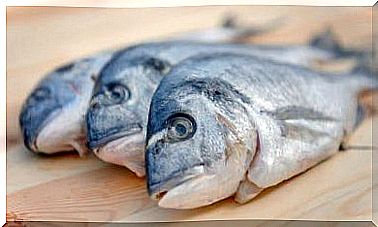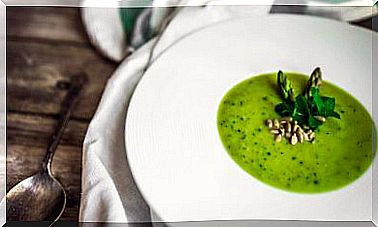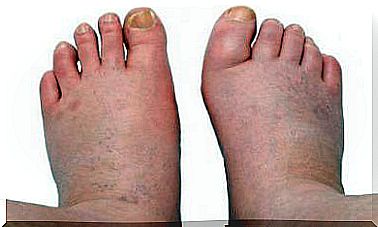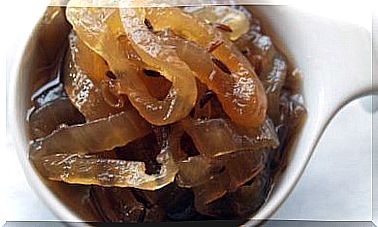7 Toxic Substances In Food
Most of the food we eat every day contains toxic substances. It is therefore advisable to buy organic products as much as possible.
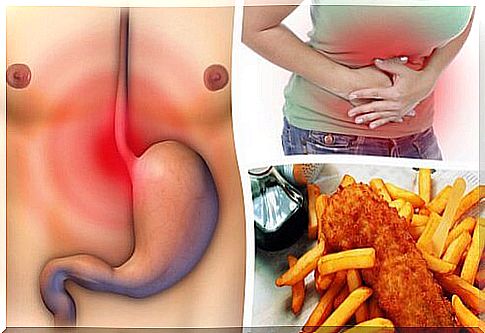
Certain foods that many of us eat every day contain increased levels of toxic substances. That is why it is not easy to adhere to a healthy and wholesome diet.
Many contradicting recommendations from various research results or even popular belief lead to the fact that some simply give up and eat what they crave without paying attention to possible health-endangering consequences.
We do not want to scare anyone with this article, but the fact is that many processed foods on the market contain toxic substances .
Today we would like to introduce some of them so that you can identify them and protect your health.
1. Toxic substances – Olestra
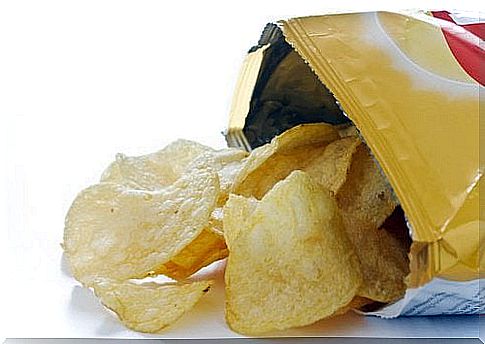
This synthetic fat substitute does not provide triglycerides, calories or cholesterol. That all sounds pretty good. However, the fact is that Olestra can reduce fat-soluble vitamins in the body, as well as carotenes, which are very important for health.
In some countries this substance has already been banned, but in most it is still found in delicious “fat-free” potato chips.
2. Brominated vegetable oil
This is an emulsifier that prevents the flavors in beverages from building up on the bottom.
If brominated vegetable oil is ingested in larger amounts, it can lead to thyroid disorders, autoimmune diseases and also cancer.
Bromine is a toxic chemical that has also been linked to congenital abnormalities, stunted growth, and schizophrenia.
Brominated vegetable oil is still found in various lemon-flavored sports and soft drinks.
3. Azodicarbonamide

This synthetic substance is mainly used in the USA to refine and bleach flour. Incidentally, it is also used in industry as a blowing agent to produce foams.
Azodicarbonamide has been linked to asthma and other respiratory diseases.
Various European countries have already banned this toxin.
Azodicarbonamide may also be found in the following foods:
- Bread and cookies,
- Frozen food,
- finished baking mixes.
4. Synthetic hormones
Unfortunately, many dairy products contain traces of hormones such as rBGH as well as rBST, which cows are injected to increase milk production.
After processing commercial dairy products, they often contain an insulin-like growth factor (IGF-1), which is associated with various types of cancer and chronic diseases.
In which foods can these hormones or IGF-1 occur? In milk and processed milk products.
5. Sodium Chloride
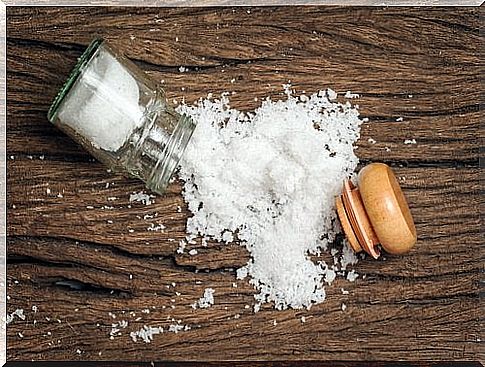
We all know that salt can be harmful to health, even if it is present almost everywhere. This substance is necessary in small amounts so that various body functions can be carried out correctly.
The problem, however, is that sodium chloride is mostly ingested as it is present in all processed foods.
Too much sodium chloride can lead to high blood pressure, fluid retention, and various inflammatory diseases.
6. Sodium nitrite and sodium nitrate
These substances are used to make processed meat look fresh and appetizing, even when it is actually no longer fresh.
Consumption of these substances is associated with an increased risk of colon cancer and also of metabolic syndrome.
The following foods can contain these toxic substances:
- Hot dog,
- Mortadella,
- bacon
- and other sausages.
7. BHA and BHT

These are petroleum derivatives that are used as preservatives by some manufacturers.
The United States National Institute of Health (NIH) confirms that BHA ( Butylated Hydroxyanisole) could be carcinogenic if too large amounts of this substance build up in the body.
In which foods could these substances be found?
- In cereals,
- packaged nuts,
- Chewing gum and
- Butter.
conclusion
It is advisable to read the product description and ingredients carefully.
Even if it is difficult to know whether these are really harmful to health or not, it is good to identify different substances in order to then avoid or at least limit their consumption.
It’s best to choose organic foods that you prepare at home.




